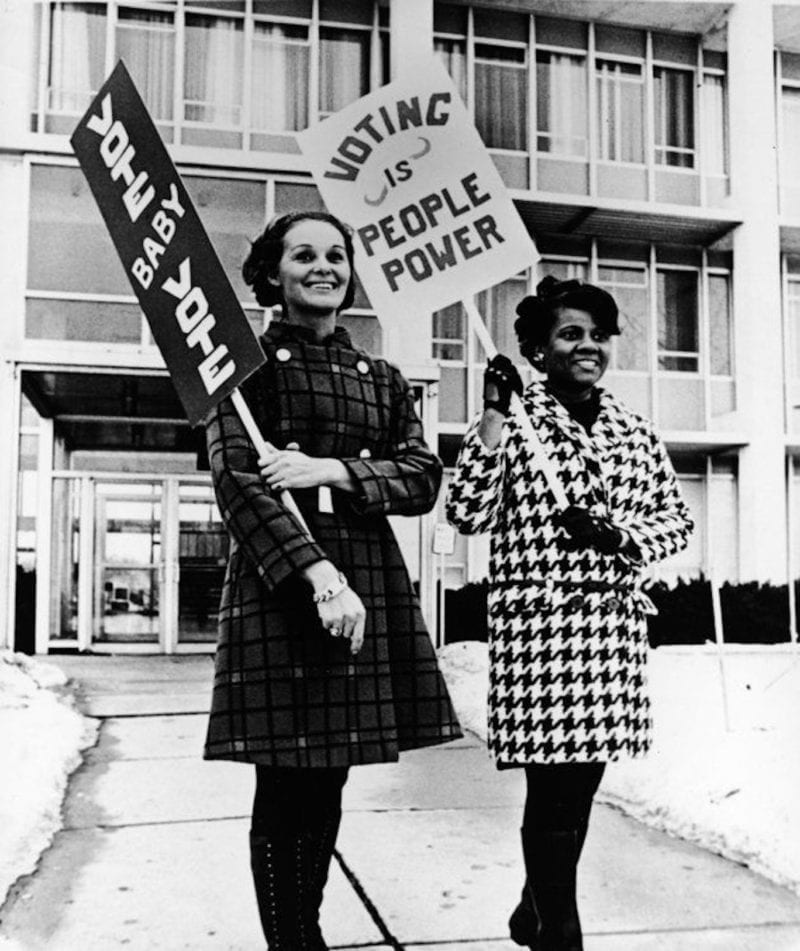As an American living abroad in Europe, I am frequently asked to explain how Donald Trump won the presidency in 2016 when Hilary Clinton received around three million more votes than he did. Three simple words: the Electoral College.
The longer answer is that the presidential election results of 2016 were due to a system established by the U.S. Constitution in 1787. There was much debate during the writing of the Constitution whether the president should be selected by Congress or by democratic popular vote. After a long and arduous debate at the Constitutional Convention, America’s Founding Fathers came to a compromise—the Electoral College.
So what exactly is the Electoral College?
In the Electoral College system, each state gets a certain number of “electors” based on the number of Representatives and Senators in the United States Congress. Each elector casts one electoral vote following the general election. There are a total of 538 electoral votes. The first candidate to get more than half of the electoral votes (270) wins the election.
Rather than focus on winning the most votes, a presidential candidate can put together a map of state victories that will accumulate more than 270 electoral votes. A couple of states are “winner-takes-all” electoral votes. (You can learn more details on the Electoral College here if you’d like.)
The reality is that Americans who go to the polls on Election Day don’t select the president directly. Instead, they are voting for a group of electors who, in modern times, are already committed to their party.
Why was the Electoral College created?
As Alexander Hamilton wrote in The Federalist Papers Essay No. 68, the purpose of the Electoral College was to ensure that a president was chosen “by men most capable of analyzing the qualities adapted to the station, and acting under circumstances favorable to deliberation, and to a judicious combination of all the reasons and inducements which were proper to govern their choice.”
Basically, the Electoral College selects electors who are deemed “capable” of picking a smart, reliable leader for the nation. Hamilton wrote the Federalist Papers in 1787. At that time, most American citizens could not get adequate information about the presidential election. In fact, for most of the country’s early history, it would have been exceedingly difficult for the average person to know about a candidate’s platform, personal character or voting history.
For a time, the Electoral College may have served a reasonable purpose. In 2020, however, information on candidates is easily accessible and Americans are able to make educated votes in any election.
Who could vote when the Electoral College was created?
It is important to note that when the Electoral College system was put into place only some white men were allowed to cast votes. In 1787, at the founding of the Constitution, only white men who owned property were allowed voting rights. It would take another 69 years for white men without property to gain suffrage in 1856. Women, people of color and citizens 21 years old and younger would have to wait (some for several more decades) before they were allowed to vote.
Professor Akhil Reed Amar of Yale University, who is a specialist in constitutional law, gave this answer on why the Electoral College exists. “In my view, it’s slavery. In a direct election system, the South would have lost every time because a huge percentage of its population was slaves, and slaves couldn’t vote.”
Here is a brief timeline of voting rights in America:
1776: Only men who owned property, who were majoritively white and Christian, had the right to vote.
1856: The right to vote was extended to all white men.
1870: The 15th Amendment prevents federal or state governments from denying the right to vote to citizens based on race. However, Jim Crow laws enacted a slew of racist measures to keep African-Americans from the polls.
1920: The 19th Amendment grants white women the right to vote.
1952: The McCarran-Walter Act grants all Asian-Americans the right to become citizens and, with that, the right to vote.
1965: Congress passes the historic Voting Rights Act of 1965, removing discriminatory barriers that kept many people of color from voting. Finally, African-American women are given the right to vote.
The right to vote has been a fight that spans centuries. As the Electoral College funnels millions of votes into just 270 voices, it is difficult to believe that every American’s voice is truly heard. In the previous five presidential elections, two presidents elected into office lost the popular vote.. Although it was not its original purpose, it seems that the Electoral College is working against well-informed voters.
Are there any positives to the Electoral College?
One argument for the Electoral College is that it ensures regional balance by making it impossible for a candidate with overwhelming support from just one region to be elected. Presidential candidates are forced to campaign in all parts of the country.
Another objection to reforming the Electoral College comes from rural and small states who fear that under a popular vote system, they’d be ignored and people who live in cities would decide elections. Thus, the Electoral College limits the scales from tipping in favor of larger states. Also, the Electoral College lessens the likelihood of calls for recounts or demands for runoff elections.
The process for removing the Electoral College entirely calls for the passing of a constitutional amendment, which requires a two-thirds vote in Congress plus ratification by three-fourths of the states (which hasn’t happened since 1992). It’s a big task that calls for a majority of Americans to unite in a seemingly divisive time. As we look at the next generation of voters, it feels like there is hope yet for a truly democratic America that values the voice of its people.
What are your thoughts on the Electoral College? Do you think the system is outdated or still necessary?
Image via Gabriel Hackett/Getty Images











